HBCUs Kick Off “Excellence in Online Instruction” Initiative
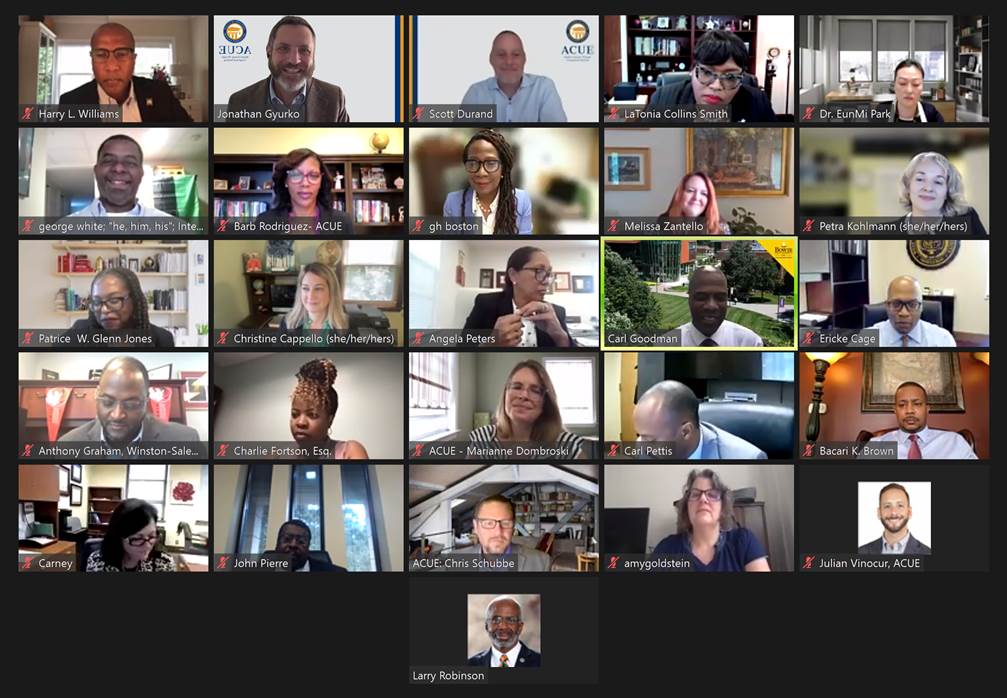
Presidents, provosts, and project directors from 14 public HBCUs convened last week as the “Excellence in Online Instruction” initiative begins to take root within their campuses. Out of a shared commitment to strengthen the quality and equity of higher education, the Thurgood Marshall College Fund (TMCF) and the Association of College and University Educators (ACUE) […]
What Inclusive Instructors Do: Q&A With Tracie Addy
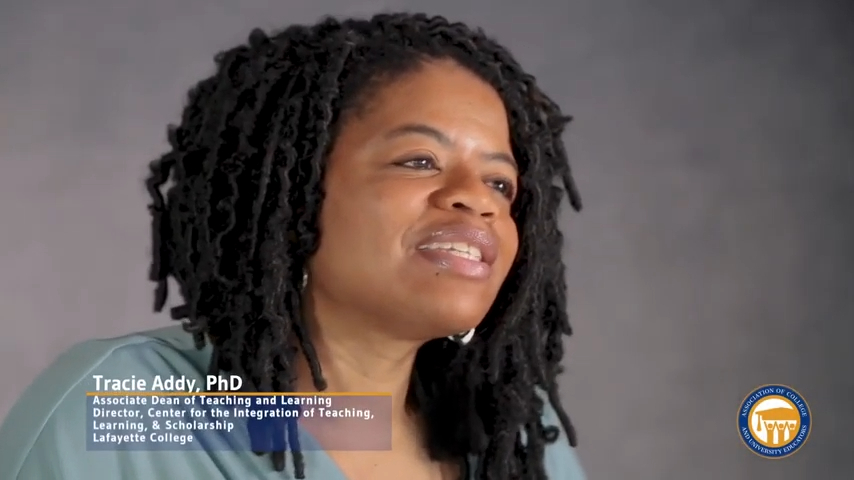
For Tracie Addy, inclusive teaching is essential. Historically, inclusive teaching hasn’t always been at the forefront of conversations around what good teaching entails. Addy’s research focus is to advance the conversation so that inclusive teaching is better understood, effectively implemented, and grounded in evidence. “Inclusive teaching is excellent teaching. It shouldn’t be something that’s just […]
ACE President: Quality Teaching is at the Heart of Student Success
A “Future Proof” Campus Starts With Quality Teaching
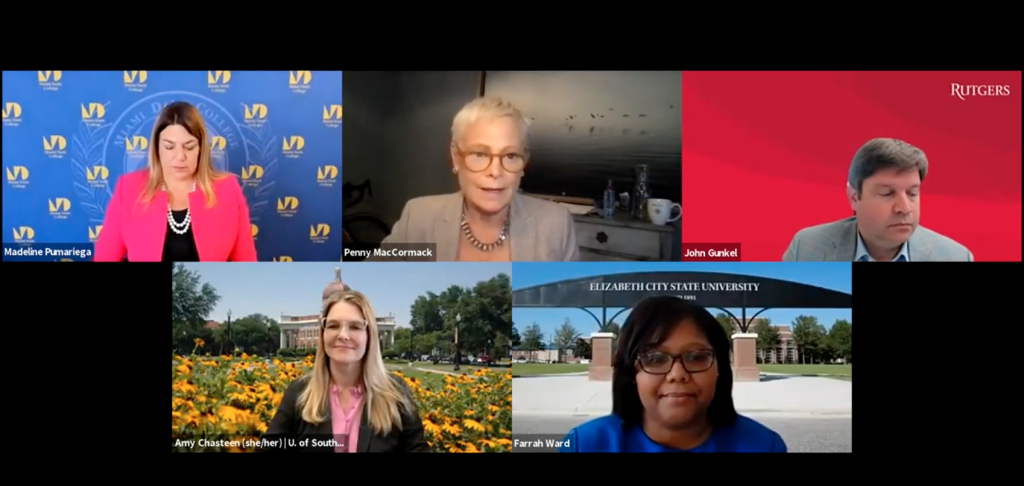
Higher education is in a moment of immense change. Our partners know that in order to emerge stronger and ready for the future, faculty must be equipped with the evidence-based teaching practices proven to increase student engagement, achievement, and persistence to graduation. Recently, ACUE hosted a discussion on how higher education institutions can become “future […]
Getting Better Prepared for Online and Hybrid Learning
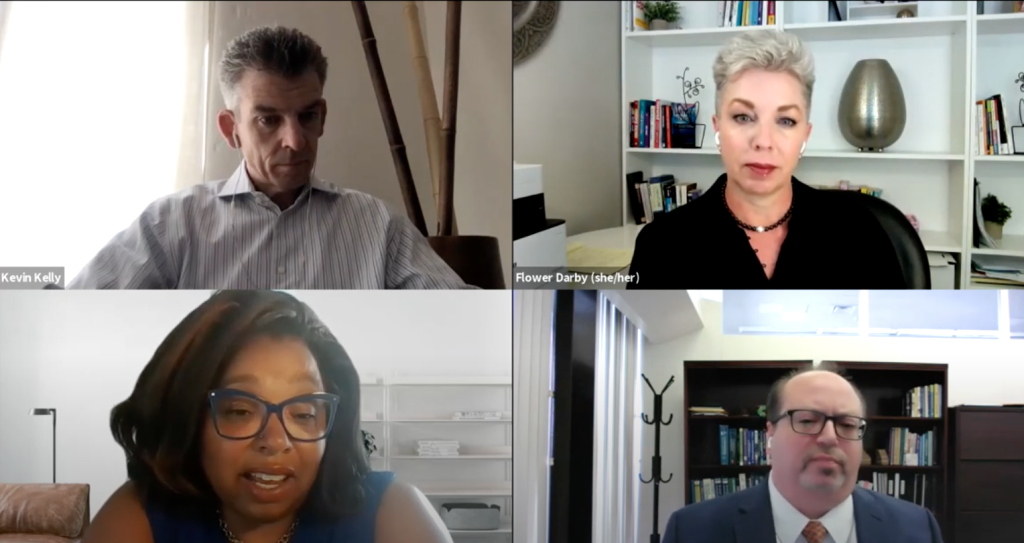
The third webinar in ACUE’s Back to School series, Getting Better Prepared for Online and Hybrid Learning, featured insights from Flower Darby, Northern Arizona University; Dr. Michael Pullin, Queensborough Community College; and Dr. Wanda White, Winston-Salem State University. Dr. Harry L. Williams, Thurgood Marshall College Fund, and Dr. Jessica Rowland Williams, Every Learner Everywhere, provided […]
Teaching Digital Reading
Meeting Students Where They Are
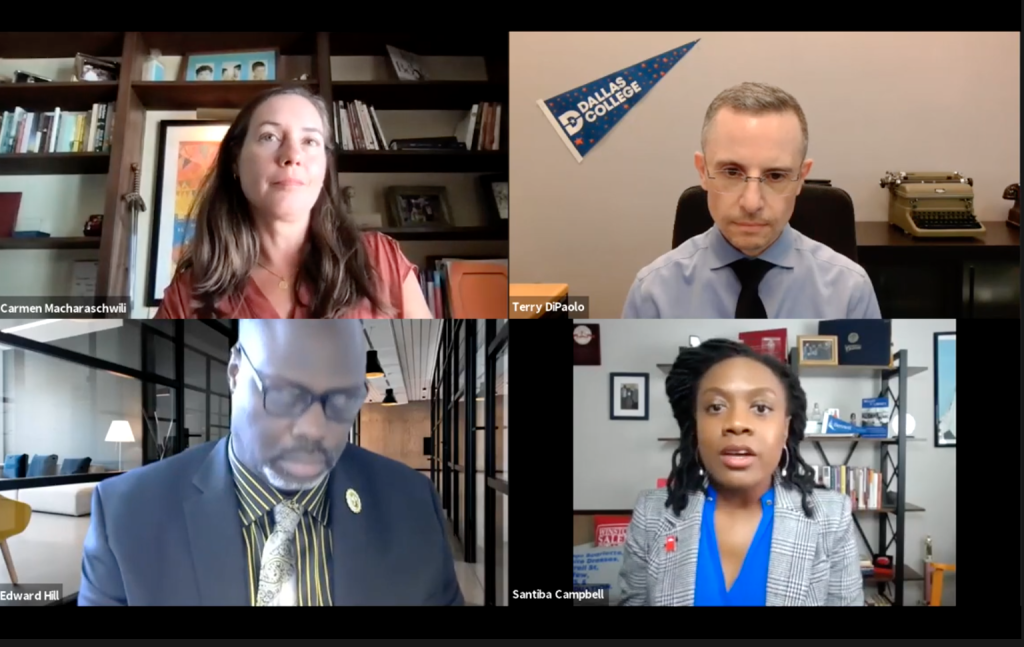
In the second webinar of ACUE’s Back to School series, Dr. Santiba Campbell, Associate Professor of Psychology, Faculty Senate President and Ex-Officio member of the Board of Trustees, Bennett College; Dr. Edward Hill, Interim Provost and Accreditation Liaison, Harris-Stowe State University; and Dr. Terry DiPaolo, Vice Provost of E-learning, Dallas College, shared practical approaches and […]
Teaching Digital Reading: Q&A with Skim, Dive, and Surface’s Jenae Cohn
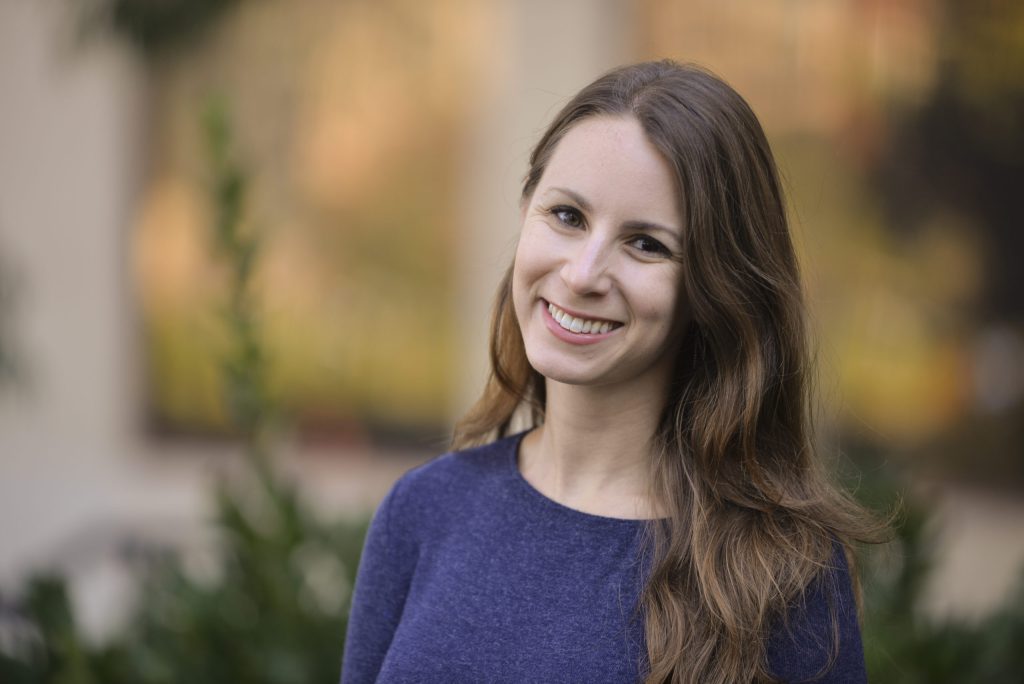
College students are reading on-screen more than ever. Yet in higher education, teaching strategies for reading are still largely paper-based and rarely account for the different types or how digital modalities can improve accessibility. In her new book, Skim, Dive, Surface: Teaching Digital Reading, Dr. Jenae Cohn seeks to recast the conversation as one that’s […]
A Holistic Plan for Student Success
Back to School Series: Welcoming Back Students and Faculty
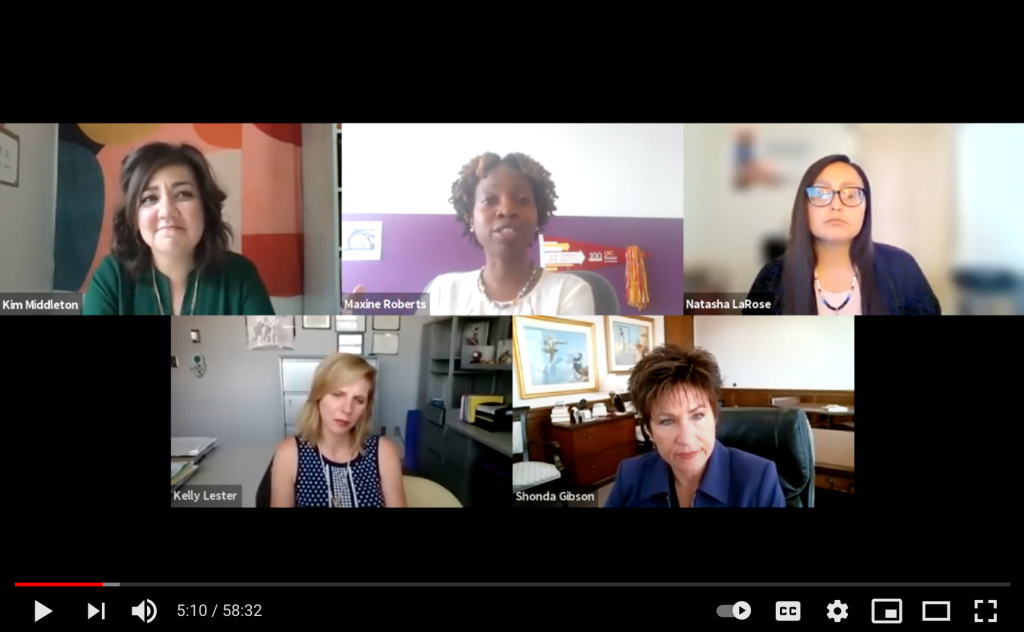
How can we ensure a strong and equitable start to the new academic year as our lives continue to be affected by the pandemic? As administrative leaders and faculty grapple with this question, ACUE’s Back to School webinar series convenes expert voices and provides key resources to support higher education’s return to campus this fall. […]
